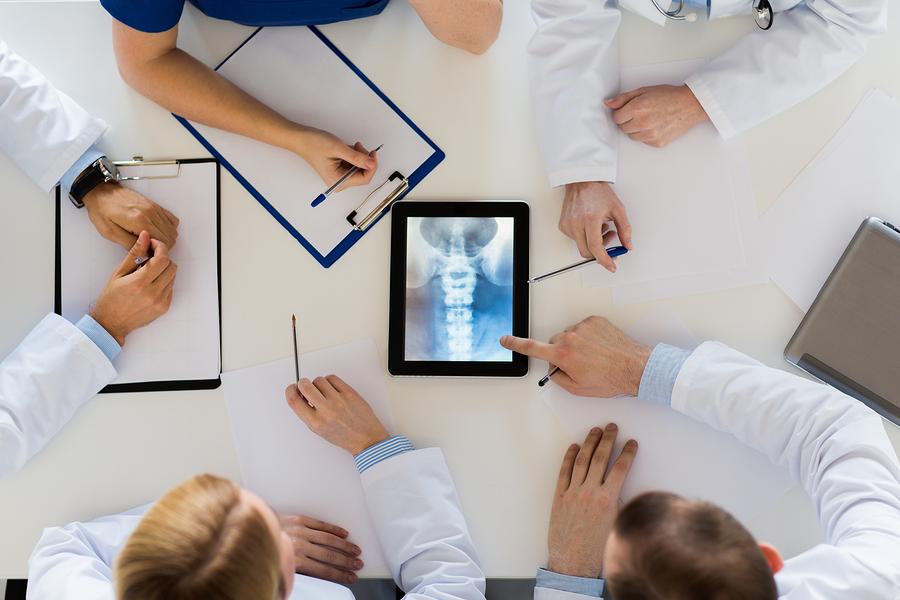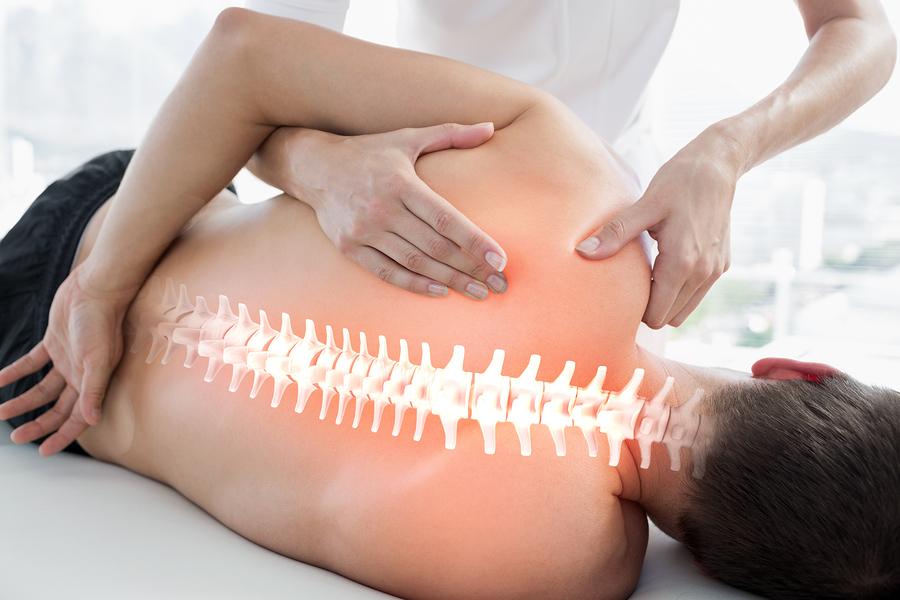In our blog post last week we took a look at the skeleton. The purpose of this article was to give an overview of the importance of this incredible part of the body! Today we would like to take a closer look at the spine, and in particular, some of the issues that can arise in relation to the spine.
As we discovered last week, the spine is considered to be a part of the axial skeleton. Although the spine is one of the strongest components of the body, it can still, of course, experience issues.
Curvatures of the Spine
Certain genetic influences, and also various lifestyle factors, can sometimes contribute to curvatures of the spine. A curvature means that an area of the spine moves out of shape in a way that is detrimental to the individual’s posture. As well as affecting posture, this can cause further physical health problems to present.
Although it’s not generally possible to prevent genetic influences in regards to this issue, there are several additional factors that can be addressed:
- High heels are a popular fashion choice, but wearing them too often can actually cause the calf muscles and the hamstrings to shorten. This can then lead to a curvature of the lower spine.
- If you spend a large amount of time sitting down during your day, then it is important that you do so in an optimum position. Poor positioning whilst seated for long periods of time can cause the muscles in the upper back to stretch, and also the upper chest muscles to shorten.
- If you struggle with your confidence or your self-esteem, then you may hold yourself in a way that is actually damaging to your spine! If you aren’t feeling great then it may not feel natural to stand tall with your chest open, but doing so is best for your posture.
- Certain sports, such as rowing and golf, require that you position your body in a way that can be damaging to the spine over time.
- Injuries from accidents may affect the spine, which can then lead to changes in posture. Scar tissue that may occur as the result of an injury could also reduce the flexibility of certain muscles.
- During pregnancy, the additional strain that the weight of the baby places upon the spine, in addition to the increase in the size of the body and the relaxing of the spinal ligaments, can sometimes cause slight spinal curvatures to occur. This is generally something that the body will rectify itself post-pregnancy.
- Carrying excess body weight can contribute to curvatures of the spine.
The following three conditions are some of the most common when it comes to exaggerated curvatures of the spine.
Lordosis
This condition is characterised by an exaggerated curvature of the lumbar spine. The lumbar spine is the lower region of the back. When a person’s spine becomes curved in this way, it can often make the glutes to appear to be more prominent, as well as creating a hollowing effect in the lumbar region.
This condition is most usually caused by poor posture, or by developmental problems during childhood or pregnancy.
Kyphosis
This condition is characterised by an exaggerated outwards curve in the thoracic vertebrae. The thoracic vertebrae is near the top of the back, just under the cervical vertebrae. This condition can make a person appear to be hunching forwards, as though they are constantly slouching.
This condition can arise as the result of genetics, however, lifestyle factors that contribute to poor posture can also play a part.
Scoliosis
This condition is characterised by a sideways curve of the spine that is often described as being an S shape. Scoliosis can also cause some of the bones of the spine to rotate, which can make the area around the waist and the shoulders appear uneven.
It is most likely that this condition will be the result of genetics, and will be apparent from birth. However, there have been incidences of scoliosis developing as the result of poor posture. This condition is not simple to correct, but can be improved over time with the correct physical treatment by a physiotherapist.
The Health of Your Spine
In addition to genetics and lifestyle factors, other health conditions can also cause curvatures of the spine to develop. It may therefore seem impossible to alway be able to protect against this issue. However, one way in which you can help to avoid this problem is by paying attention to your lifestyle and your posture.
Make sure that you aren’t regularly putting your body in damaging positions for extended periods of time. Also, be sure to exercise regularly to keep your muscles and body strong and flexible! Mixing up your exercise regime to include deep stretches and weight bearing activities will be of assistance here.
References
1) https://www.mayfieldclinic.com/PE-AnatSpine.htm
2) https://www.webmd.com/back-pain/guide/types-of-spine-curvature-disorders
Related Posts
Cigarettes May Inhibit Inflammation Treatments
Axial spondyloarthritis, also known as AxSpa, is a chronic…









